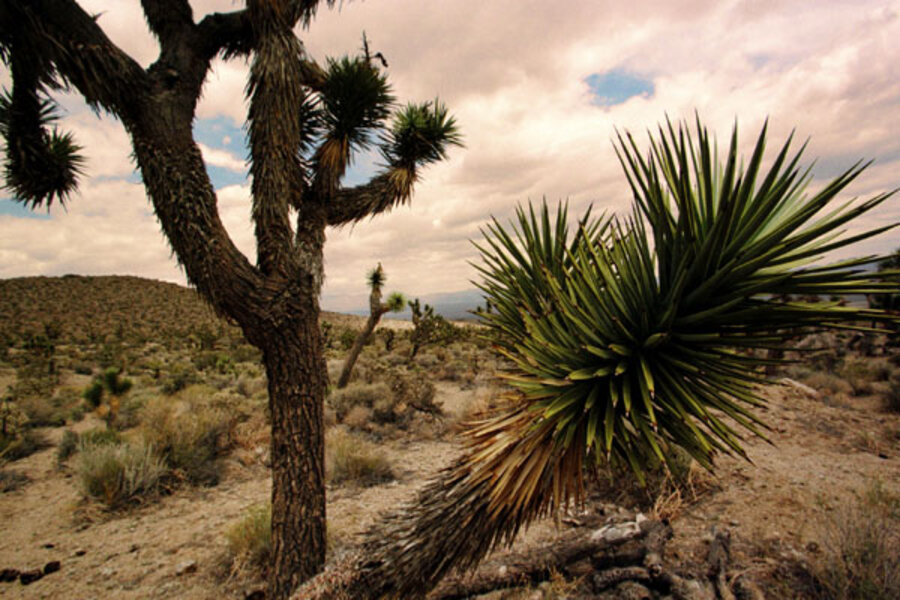The Mojave, Colorado, Chihuahua, Sonoran, and Baja California deserts that stretch from the southwestern US to Mexico are some of the most biologically diverse in the world, with 6000 vascular plant species, as well as other special types of animals who have adapted to the climate, from bighorn sheep, desert tortoises, kangaroo rats, jackrabbits, roadrunners, and wild horses.

Robert Harbison / The Christian Science Monitor / File
This 1999 file photo shows the Mojave Preserve, part of the US National Parks system and located in the Mojave Desert. The Preserve is third largest park outside of Alaska, the size of the state of Vermont. It is also considered one of the top ten most endangered parks. In the foreground are Joshua trees that grow in abundance in the high desert areas.




